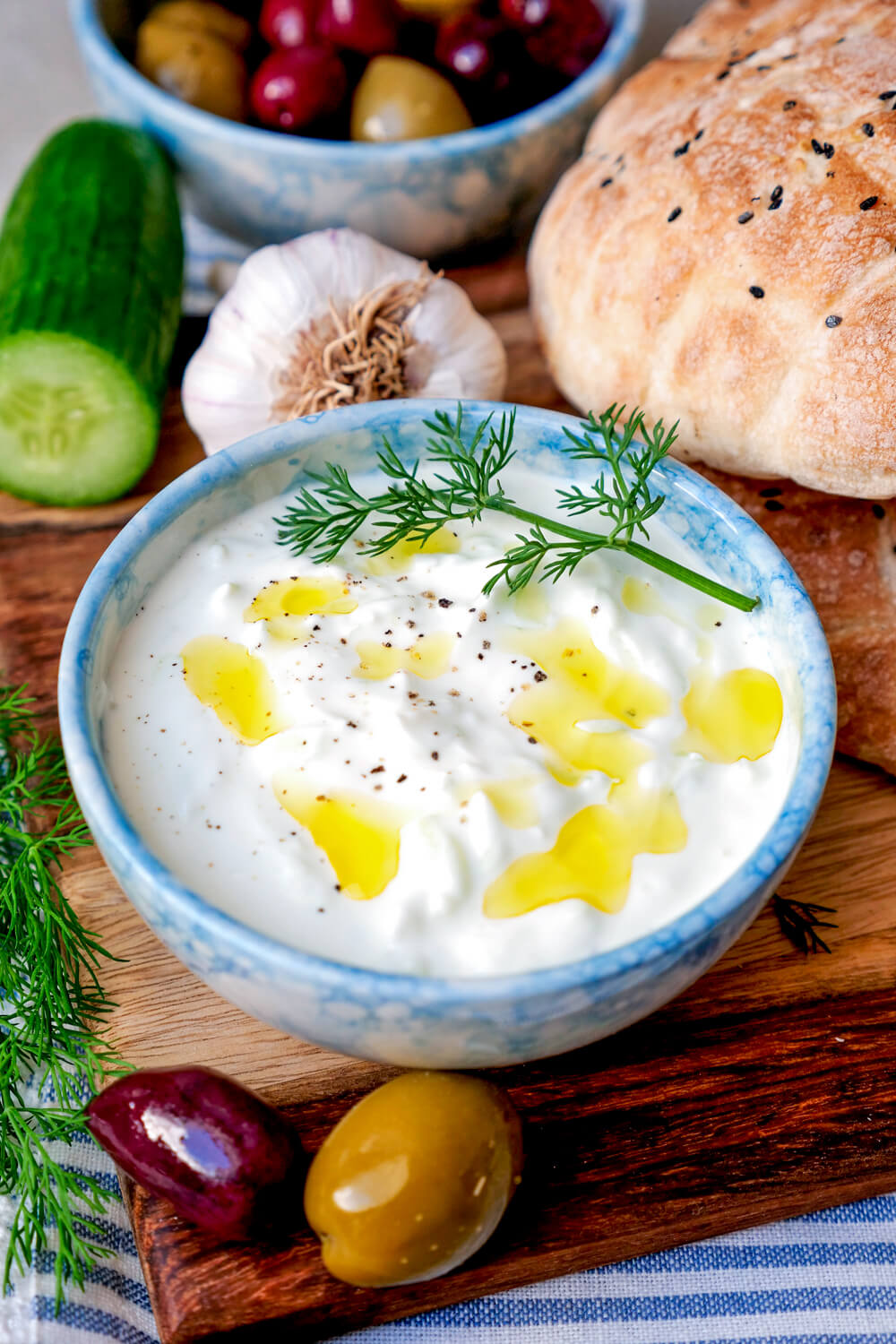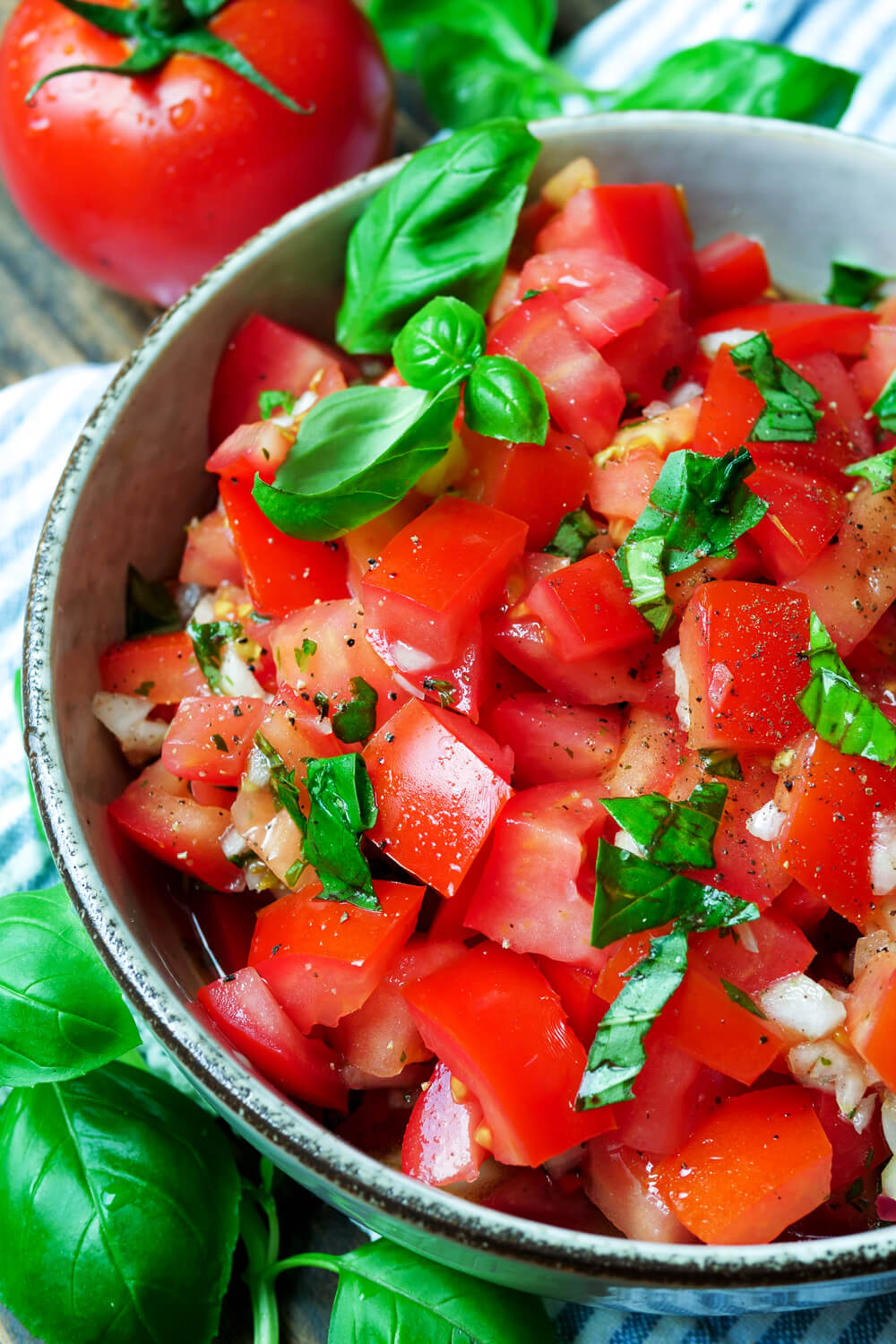The key to a great salad? Well, my best Vinegar-oil dressing! The simple one Basic recipe Is made at lightning…
Read More

The key to a great salad? Well, my best Vinegar-oil dressing! The simple one Basic recipe Is made at lightning…
Read More
My Couscous salad Is a real hit that everyone likes! Sure, because here a loose couscous, crispy vegetables and a…
Read More
The best Tuna salad With this recipe you can easily do it yourself in just 15 minutes. Whether as a…
Read More
A delicious Tzatzikiit tastes like the Greek, you can easily make yourself with this recipe. Just like in Original recipe…
Read More
Hello everyone, today we’re going to talk house decoration with Decoclico.fr ! I am not at all a decoration pro…
Read More
This simple, homemade Paprika sauce It is awesome: with slight sharpness, Ajvar and lots of peppers, it is a real…
Read More
My Classic tomato salad with onions stands in lightning speed 15 minutes on the table. It is very easy to…
Read More
For my simple Tomato butter Do you just need 4 ingredients and 5 minutes time. The spread with dried tomatoes…
Read More
You plan a Cake buffet For a birthday, a garden party or a baptism? Then you are exactly right here!…
Read More
Fresh fish, gentle acidity and a touch of mustard – A dish with a surprising depth is created. The Berlin…
Read More